IFMIF-DONES and the Spanish Center of Pulsed Lasers organise ‘Fusion-a2 hacia el futuro’ event

Approximately 50 researchers, scientists, and representatives of public bodies and of the Spanish Industry of Science participated in the event ‘Fusion-a2 hacia el futuro’ organised by the IFMIF-DONES Consortium and the Center of Pulsed Lasers (CLPU) in Salamanca (Spain). The event aimed at analysing the role of these two large facilities in the race towards nuclear fusion and explore ways of cooperation.
The online event revealed the synergies between the CLPU, running in Salamanca since 2018, and the future IFMIF-DONES particle accelerator that will be built in Granada. The event focused on the support of a significant cooperation between conventional accelerators, laser accelerators and different ways and technologies to produce neutrons, following a strategy that will place Spain as an international reference in the subject.
The Managing Director for Research Planning at the Ministry of Science and Innovation, Gonzalo Arévalo, opened the session, which was attended by participants from key public organisms for the development of scientific industry. Pilar Garcés, Deputy Regional Minister for University and Research at the Junta de Castilla y León and Teresa Serrano, Managing Director for Research and Transference of Knowledge at the Junta de Andalucía, stressed the strategic importance of scientific facilities such as CLPU and IFMIF-DONES for the socioeconomic development. The speakers also expressed the support of their regional governments to these projects, convinced that public-private cooperation and the synergies between scientific facilities are key for our future.
The Director of the IFMIF-DONES Consortium, Ángel Ibarra, participated in the event and explained the latest advances concerning the particle accelerator project. Intense work is being conducted and considerable progress has been achieved especially in the recent months. ‘We have worked in IFMIF-DONES for many years. From the technical point of view, we are now close to the objective, which is being able to build the facility as soon as a political decision is made’, explained the Director.
The development of different preparatory projects (IFMIF-EVEDA, WPENS, DONES-PreP, DONES-UGR or DONES PRIME), the advances in the engineering design, the design of the international governance model or the commissioning of some experiments such as the Laboratory of virtual reality, the Laboratory for radio control at the University of Granada or the Radiofrequency Laboratory at CIEMAT are some of the milestones that were mentioned by Ibarra in his presentation.
Luis Roso, Director of CLPU, also addressed large scientific facilities and explained the uniqueness of this infrastructure, which is the only one in Spain with a laser system capable of reaching one petawatt of peak power.
The event was closed with a discussion panel chaired by Francisco Castejón, counsellor of the Spanish Nuclear Safety Council (CSN) and attended by Erik Fernández, Director of INEUSTAR, Joaquín Sánchez, Director of the National Fusion Laboratory at CIEMAT, Ángela Fernández, Deputy Managing Director of Large Scientific and Technical Facilities at the Ministry of Science and Innovation, Pedro García, Manager of CLPU, José Miguel Mateos, Vice-Rector for Research and Knowledge Transfer at the University of Salamanca and Enrique Herrera, Vice-Rector for Research and Knowledge Transfer at the University of Granada.

